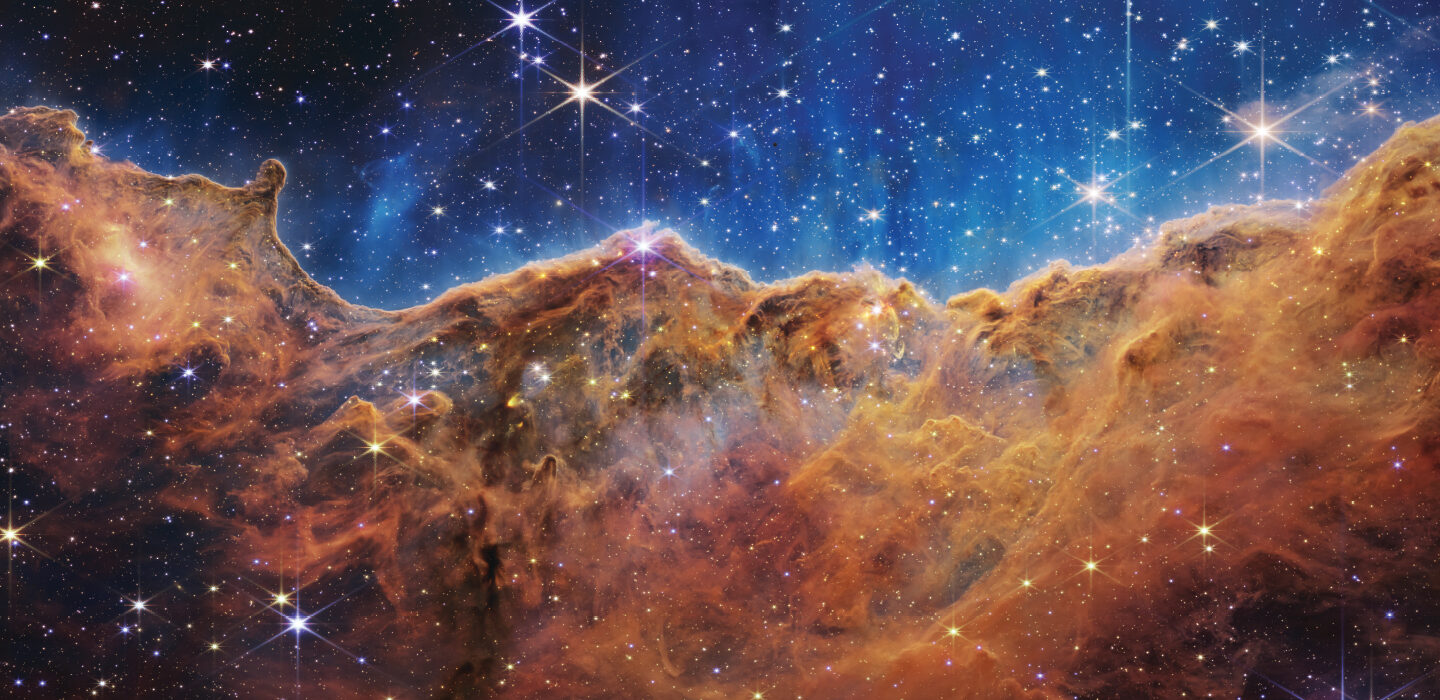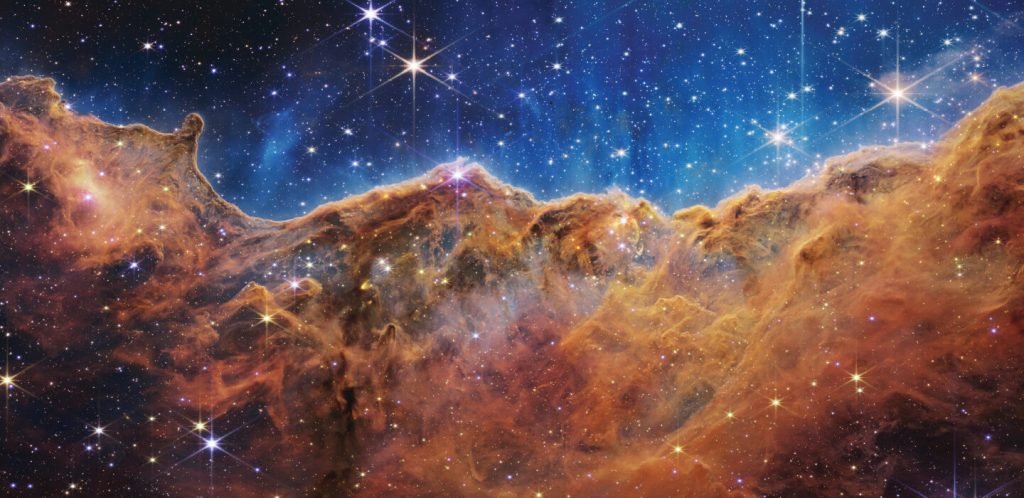
Astrophotography, the art of capturing celestial objects and phenomena, has come a long way since its inception in the early 19th century. From the first photograph of the Moon in 1840 to the stunning images captured by the Hubble Space Telescope, astrophotography has evolved into a sophisticated discipline that has not only expanded our understanding of the cosmos but also inspired generations of astronomers and stargazers. Today, with the advent of artificial intelligence (AI) and machine learning, astrophotography is entering a new era, one where AI tools are enabling both amateur and professional photographers to capture the cosmos like never before.
One of the main challenges in astrophotography is dealing with the vast amount of data generated by modern telescopes and cameras. High-resolution images of celestial objects can easily exceed several gigabytes in size, making it difficult for astronomers to process and analyze the data in a timely manner. AI tools, specifically designed for astrophotography, are helping to overcome this challenge by automating the process of image processing and data analysis. These tools use advanced algorithms to identify and enhance specific features in the images, such as the brightness and contrast of stars, galaxies, and nebulae, as well as to remove noise and other artifacts caused by the Earth’s atmosphere and the camera’s sensor.
One such AI tool that has gained popularity among astrophotographers is Topaz Labs’ AI suite, which includes software like DeNoise AI, Sharpen AI, and Gigapixel AI. DeNoise AI uses machine learning to analyze and remove noise from images, while Sharpen AI focuses on enhancing the sharpness and clarity of the image. Gigapixel AI, on the other hand, uses AI algorithms to upscale images without losing detail, allowing photographers to create high-resolution prints of their celestial captures. These tools have been praised for their ability to significantly improve the quality of astrophotography images, even those taken with modest equipment.
Another exciting development in AI-assisted astrophotography is the use of AI algorithms to predict and correct for atmospheric distortion. This distortion, caused by the Earth’s atmosphere, can severely affect the quality of images taken from ground-based telescopes. Researchers at the University of California, Santa Cruz, have developed an AI tool called “Lucky Star” that uses machine learning to predict and correct for atmospheric distortion in real-time. By analyzing the incoming light from a celestial object, the algorithm can predict how the atmosphere will distort the image and apply the necessary corrections before the image is captured. This groundbreaking technology has the potential to revolutionize ground-based astrophotography, allowing for images with unprecedented clarity and detail.
AI tools are also being used to aid in the discovery of new celestial objects and phenomena. The Large Synoptic Survey Telescope (LSST), currently under construction in Chile, will generate an enormous amount of data when it becomes operational in the coming years. To help process and analyze this data, researchers are developing AI algorithms that can automatically detect and classify new celestial objects, such as supernovae, asteroids, and distant galaxies. These AI tools will not only help astronomers keep up with the vast amount of data generated by the LSST but also enable new discoveries that would have been impossible using traditional methods.
In conclusion, AI tools are revolutionizing the field of astrophotography, enabling both amateur and professional photographers to capture the cosmos like never before. From image processing and enhancement to real-time atmospheric correction and automated discovery, AI is expanding the horizons of astrophotography and ushering in a new era of celestial exploration. As these technologies continue to advance, we can expect even more breathtaking images of the cosmos and a deeper understanding of the mysteries that lie beyond our reach.

